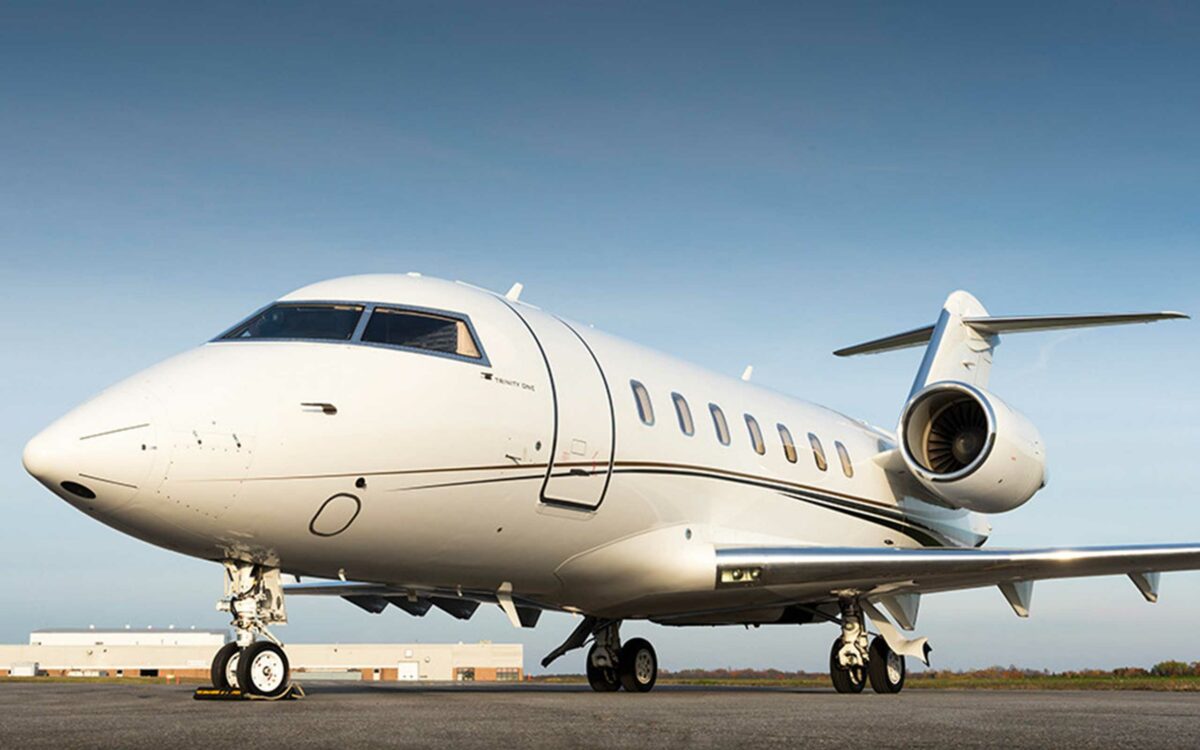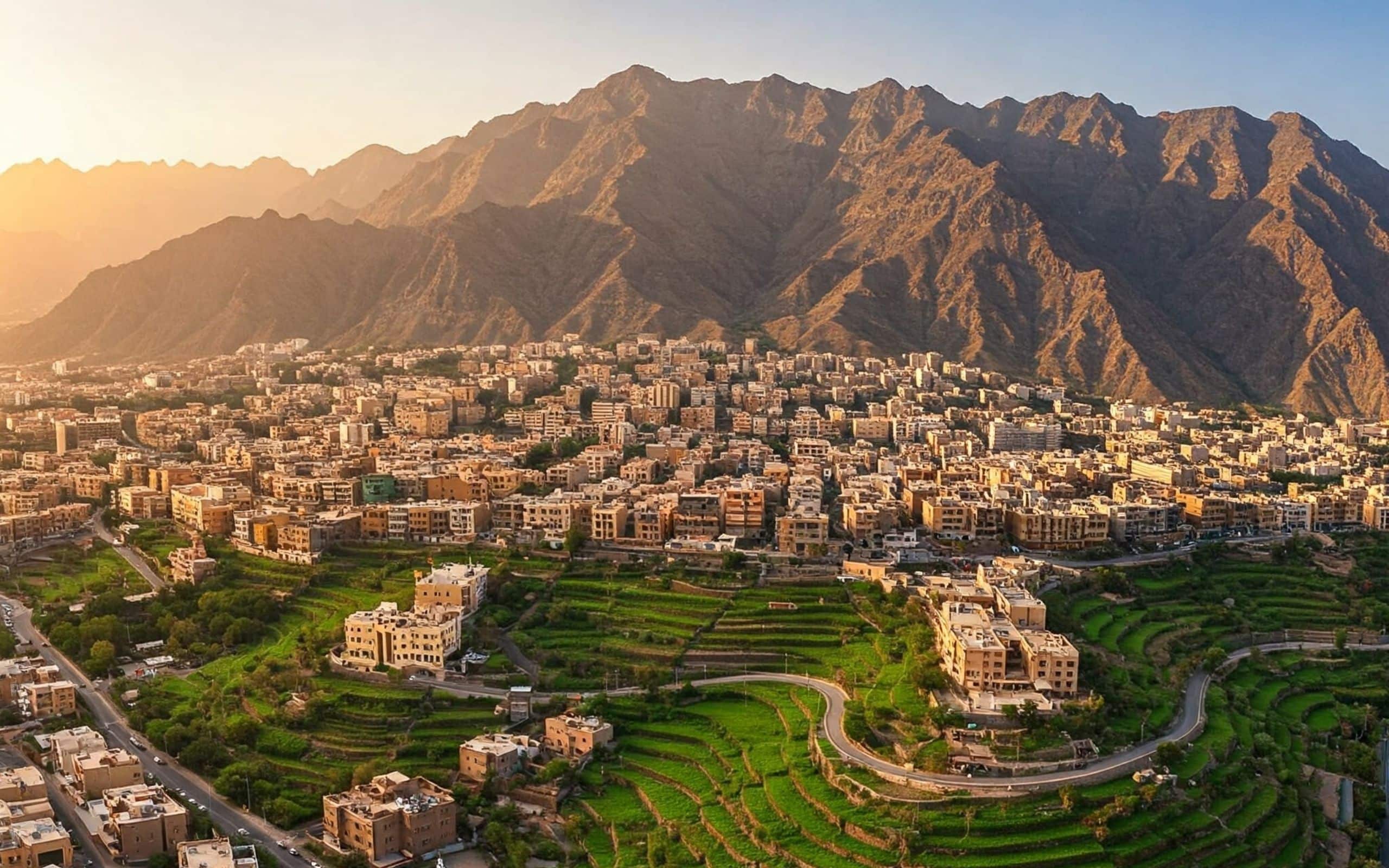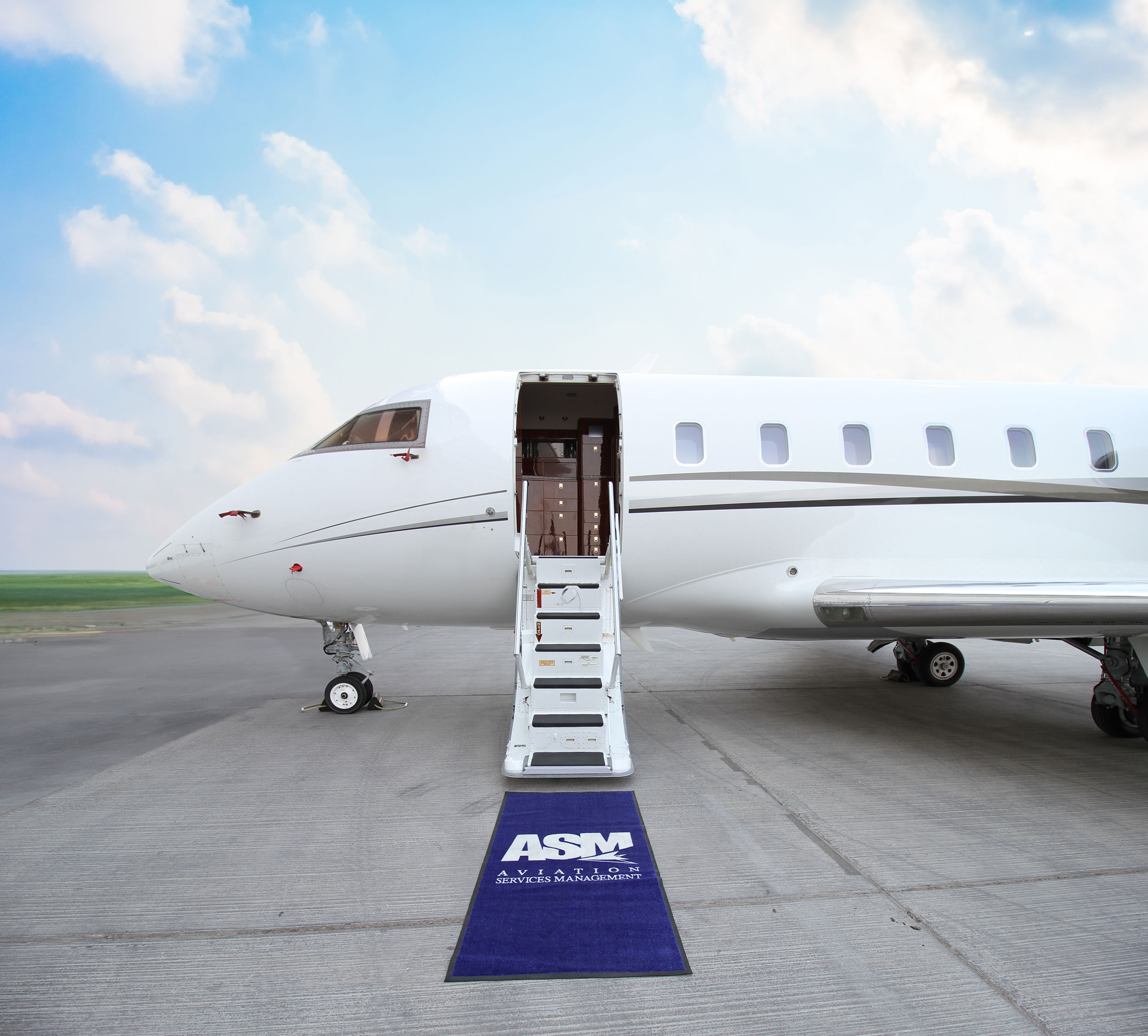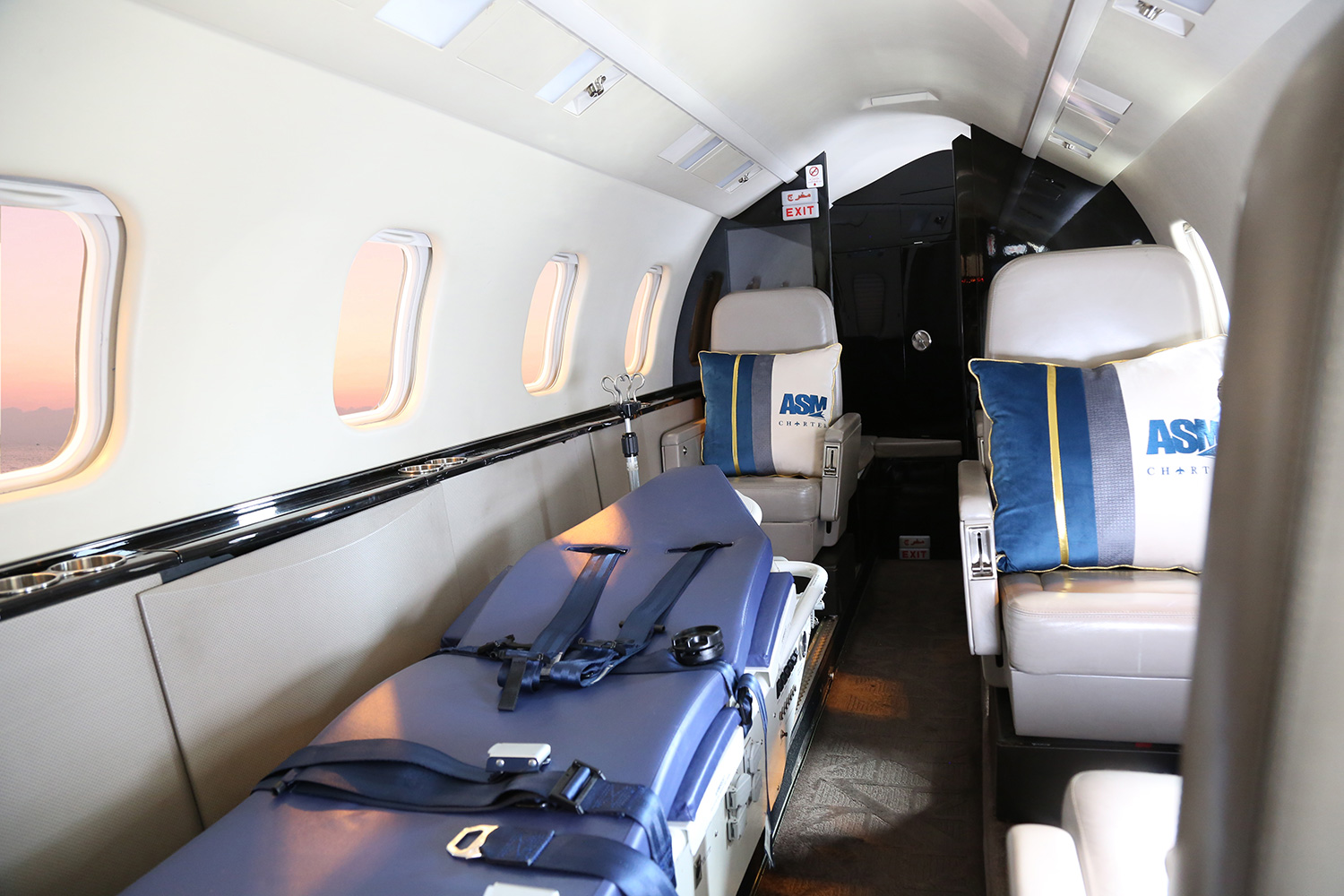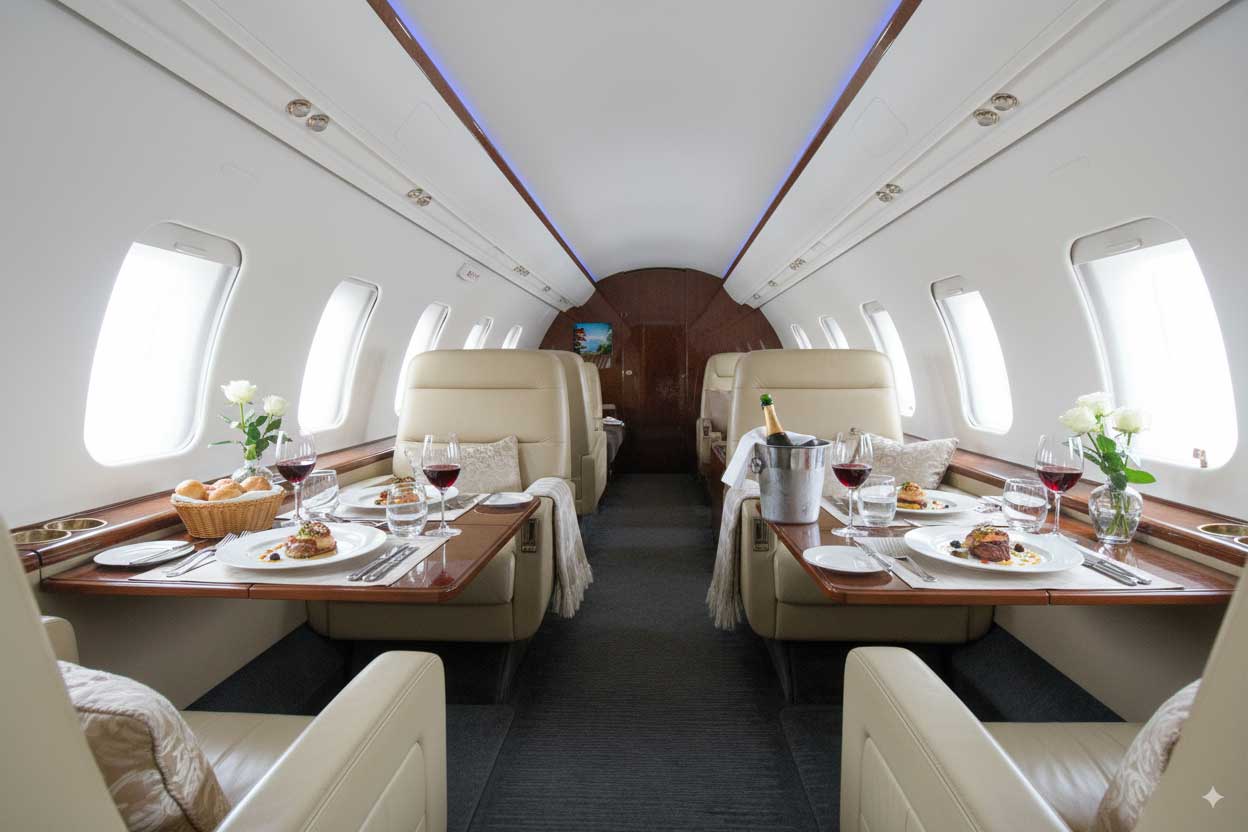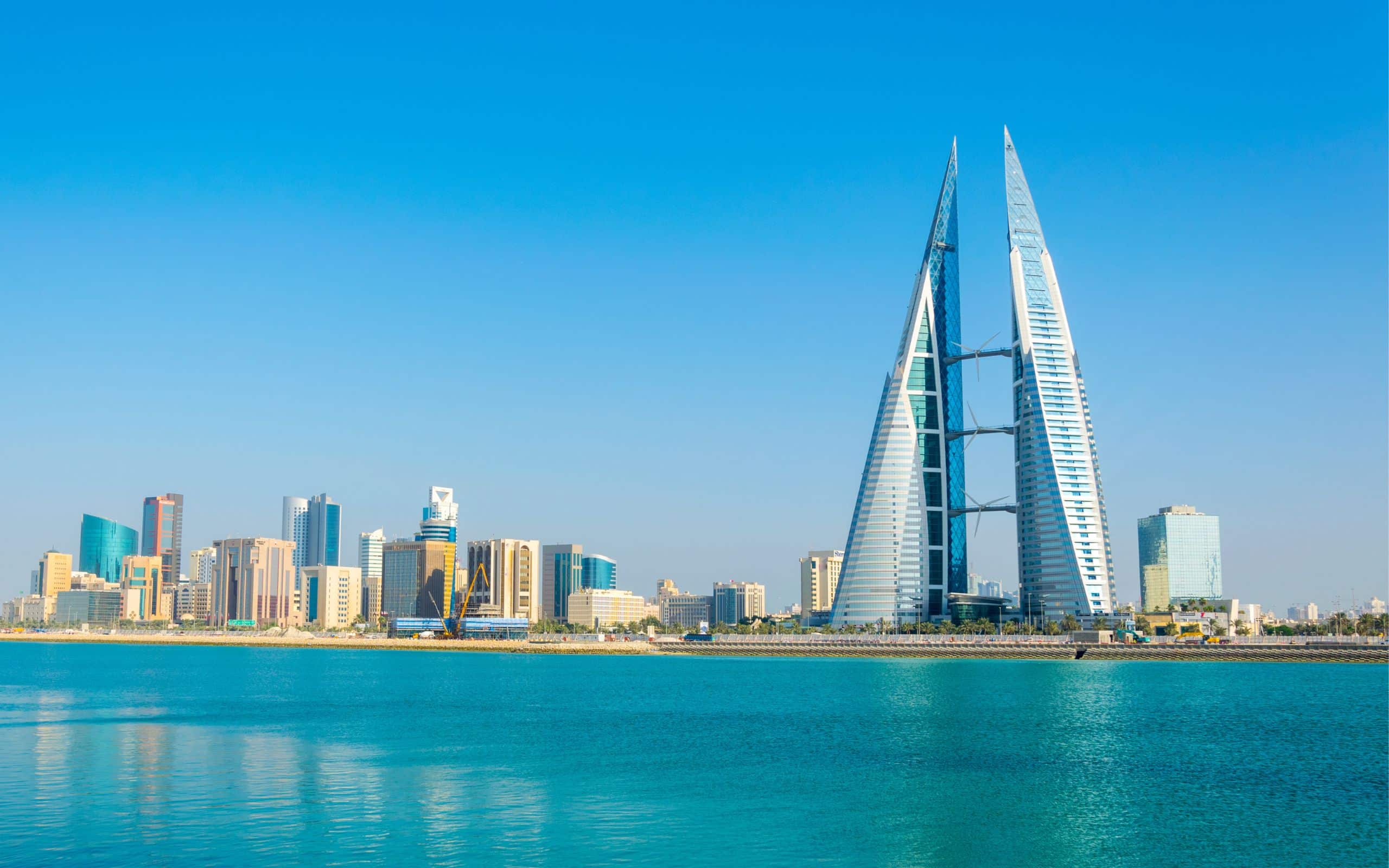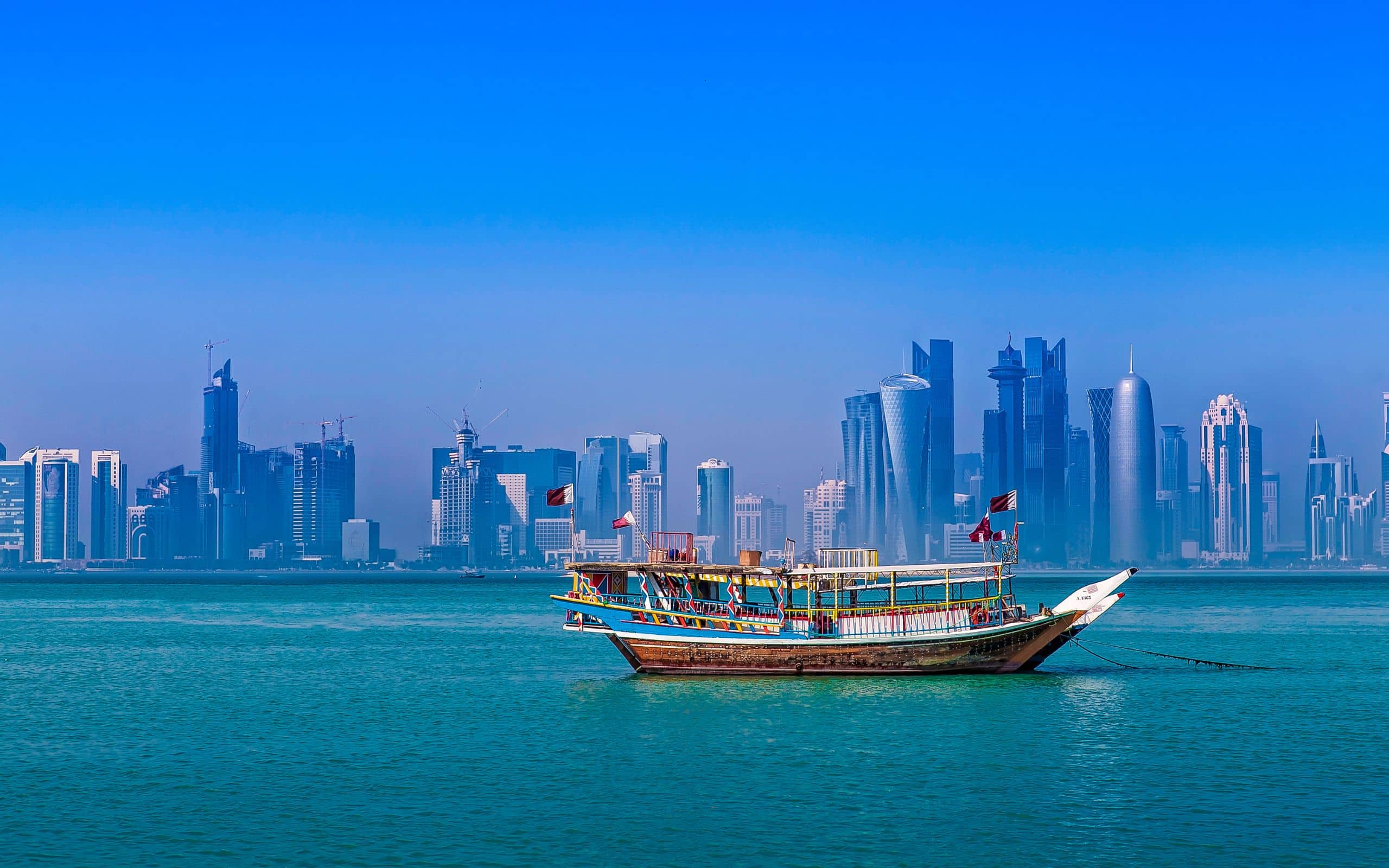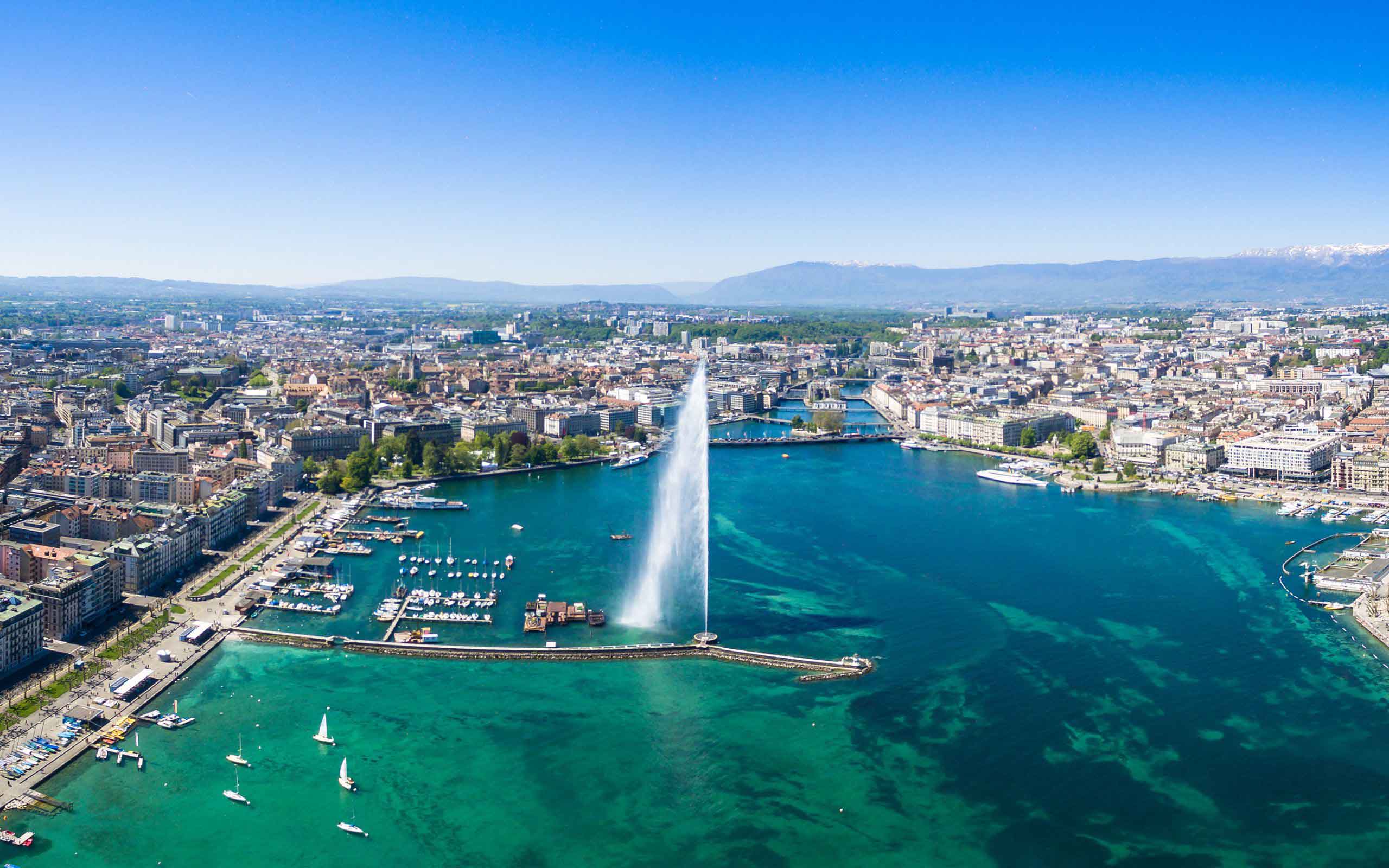Planning an international trip in your own plane is an exciting adventure that combines freedom, precision, and a deep appreciation for aviation. It allows pilots and aircraft owners to explore far-off destinations on their own schedule, bypassing commercial constraints while embracing the complexity of international flight operations.
Table of Contents
However, flying internationally in a private aircraft requires careful preparation — from choosing a suitable destination to securing permits and ensuring regulatory compliance. A successful trip demands equal parts adventure and meticulous planning.
Deciding Your Destination
Choosing the right destination is the foundation of any private international flight plan. It influences flight routes, required paperwork, and overall experience.
Research and Location Selection
Start with a list of countries or cities you wish to visit. Consider factors such as flight range, weather conditions, visa requirements, and airport facilities.
Check whether airports can accommodate your aircraft’s size and type — look at runway lengths, parking options, and fuel availability. Some destinations have limited aviation infrastructure, so understanding your operational limits is essential.
Also review local customs, culture, and tourism activities to enhance your travel experience. Being culturally aware helps you navigate interactions smoothly in foreign environments.
Understanding Visa and Entry Requirements
Every country has its own entry regulations for private pilots and passengers. Some offer visa-free entry or eVisas, while others require pre-approved documentation for both travelers and the aircraft itself.
- Begin the visa application process early — ideally three months before departure.
- Research special flight permits required for private aircraft entries.
- Verify whether the destination needs additional authorizations for your crew or passengers.
Stay updated, as visa and customs regulations for private aircraft travel can change frequently. Keep both digital and printed copies of all permits and visas.
Preparing Your Aircraft
Your aircraft’s readiness is as crucial as your personal documentation. Every international flight plan for private pilots should include thorough maintenance checks and regulatory compliance reviews.
Maintenance and Safety Checks
Before departure, schedule a complete inspection with a certified mechanic. Ensure the aircraft’s engines, avionics, and emergency systems are fully functional.
Confirm that:
- Navigation and communication systems are operational.
- All maintenance records are current.
- Spare parts and essential tools are available.
- Fuel systems are clean and efficient.
Keep your aircraft logbooks, registration certificate, and airworthiness documents accessible during travel. These will often be checked by customs or local aviation authorities.
International Flight Regulations
Regulations for private aircraft flying internationally vary across borders. Some countries require overflight and landing permits, while others request flight plan submissions and customs declarations in advance.
Ensure you carry:
- Pilot’s license and medical certificate
- Aircraft registration and insurance
- Passports and valid visas
- Radio station license and noise certificate
Familiarize yourself with local airspace restrictions, ATC procedures, and no-fly zones before crossing borders. Using a reputable flight support provider can simplify this process.
Legal and Documentation Preparation
Compliance is essential when crossing borders by air. Keep your documentation organized and accessible. Ensure:
- Your aircraft registration matches the country of operation.
- Insurance covers international territories.
- You have emergency contact details for embassies or consulates.
For U.S. citizens, enrolling in the Smart Traveler Enrollment Program (STEP) provides additional security and assistance in emergencies, ensuring easy communication with embassies abroad.
Health and Safety Considerations
International travel introduces unique health and safety concerns for pilots. Visit a travel clinic 4–6 weeks before departure to ensure vaccinations are up to date, including Hepatitis A/B, Typhoid, Yellow Fever, and MMR.
Additionally:
- Carry your vaccination card with travel documents.
- Purchase comprehensive travel and aircraft insurance covering medical evacuation, trip cancellation, and mechanical issues.
- Prepare an emergency contact list and plan for alternative landing sites along your route.
Planning Your Itinerary
An efficient private flight itinerary blends precision with flexibility. Use aviation flight planning tools to calculate fuel consumption, weather routes, and time estimates.
Include buffer days for maintenance or unforeseen delays. Plan rest stops strategically — balancing longer hauls with shorter legs to avoid fatigue.
When booking accommodation, choose hotels near your destination airports or FBOs that offer hangar space and refuelling services. For extended stays, coordinate with local handling agents for secure aircraft parking.
Budgeting Your International Trip
Creating a realistic budget ensures your adventure stays stress-free. Estimate total costs for:
- Aviation fuel and landing fees
- Maintenance and storage
- Visas, insurance, and vaccinations
- Hotels, food, and transport
Use an expense tracker or spreadsheet to manage spending, and include a 10–15% contingency buffer for unexpected costs. For long-distance trips, check fuel price differentials across airports — optimizing stops can save thousands.
Packing and Pre-Departure
Pack light but smart. Essentials include:
- Flight documents (licenses, permits, registration)
- Navigation charts and portable GPS devices
- Emergency gear (first aid, flashlight, survival kit)
- Weather-appropriate clothing and medications
- Electronic chargers and international adapters
Always check aircraft weight and balance before loading. A pre-departure inspection ensures nothing critical is left behind.
During the Journey
Flying internationally in your own aircraft requires mental focus and adaptability.
- File flight plans for each segment and confirm slot times.
- Monitor airspace transitions closely — use updated maps or EFBs.
- Stay hydrated, eat light, and use noise-cancelling headsets to reduce fatigue.
- For long-haul legs, consider co-pilots or rotating duties.
Adjust your sleep schedule before departure to minimize jet lag. Once at destination, follow local time patterns to adapt quickly.
Arrival and Local Transportation
Upon arrival, comply with customs and immigration protocols immediately. Keep aircraft documents ready for inspection.
After clearing formalities, explore local transport options — from airport car rentals to private transfers or public transit. Some airports even offer aircraft concierge services for onward logistics.
FAQs – International Trip in Your Own Plane
1. How early should I start preparing for an international private flight?
Ideally, begin 3–6 months before departure. This allows time for visa processing, aircraft inspections, and securing overflight permits. Early planning prevents last-minute delays.
2. What documents are required to fly my own plane internationally?
You’ll need:
- Pilot’s license & medical certificate
- Aircraft registration & airworthiness certificate
- Insurance covering international operations
- Flight plans & overflight permits
- Passports and visas for all onboard
3. Do I need special permits for private aircraft entry into other countries?
Yes. Most nations require landing and overflight permits for foreign-registered aircraft. These must be obtained through the country’s civil aviation authority or a flight support company before takeoff.
4. How can I plan the most efficient flight route internationally?
Use aviation route planning software to calculate the most fuel-efficient paths, check weather data, and confirm refuelling stops. Consider time zones, terrain, and alternate airports along the route.
5. What should be included in a private aircraft international travel checklist?
Include:
- Valid travel documents and licenses
- Updated navigation charts
- Survival gear and emergency supplies
- Refuelling and handling contacts
- Local currency and credit cards
- Communication plan and embassy contacts
6. What are the health and safety requirements for flying internationally?
Pilots should complete a medical check-up and ensure vaccinations meet entry requirements. Carry insurance that covers medical emergencies and aircraft evacuation.
7. How do I manage costs when flying my own plane internationally?
Track all expenses — fuel, landing fees, parking, maintenance, and accommodations. Compare fuel rates and handling charges at different airports and book hotels in advance to secure better rates.
8. Can I rent hangar space abroad for my private aircraft?
Yes. Many international airports offer temporary hangar rentals for private aircraft. Contact local FBOs or ground handlers before arrival to arrange secure storage.
9. Are there restrictions on flying private planes over certain countries?
Some regions have restricted or prohibited airspace. Always consult NOTAMs (Notices to Airmen) and local air traffic authorities before entering foreign airspace.
10. How do I handle customs when flying internationally?
Private aircraft must clear customs at designated international airports. File your General Declaration (GENDEC) in advance and present passenger manifests upon arrival.
Final Thoughts
Flying your own plane internationally offers unmatched freedom and accomplishment. It merges aviation expertise with global exploration — turning every journey into a story of adventure and precision.
With thorough flight planning, regulatory awareness, and detailed preparation, you can safely navigate new skies and discover the world on your own wings.
For further information, please contact:
ASM Charter Services
Suite 217, 8WB, DAFZA, Dubai, UAE
Tel: +971 4 409 7788 | +971 4 409 7722 (24/7 Flight Ops)
Email: charter@asm.aero
Contact Us
Looking for Top Private Jet Destinations in Italy?

